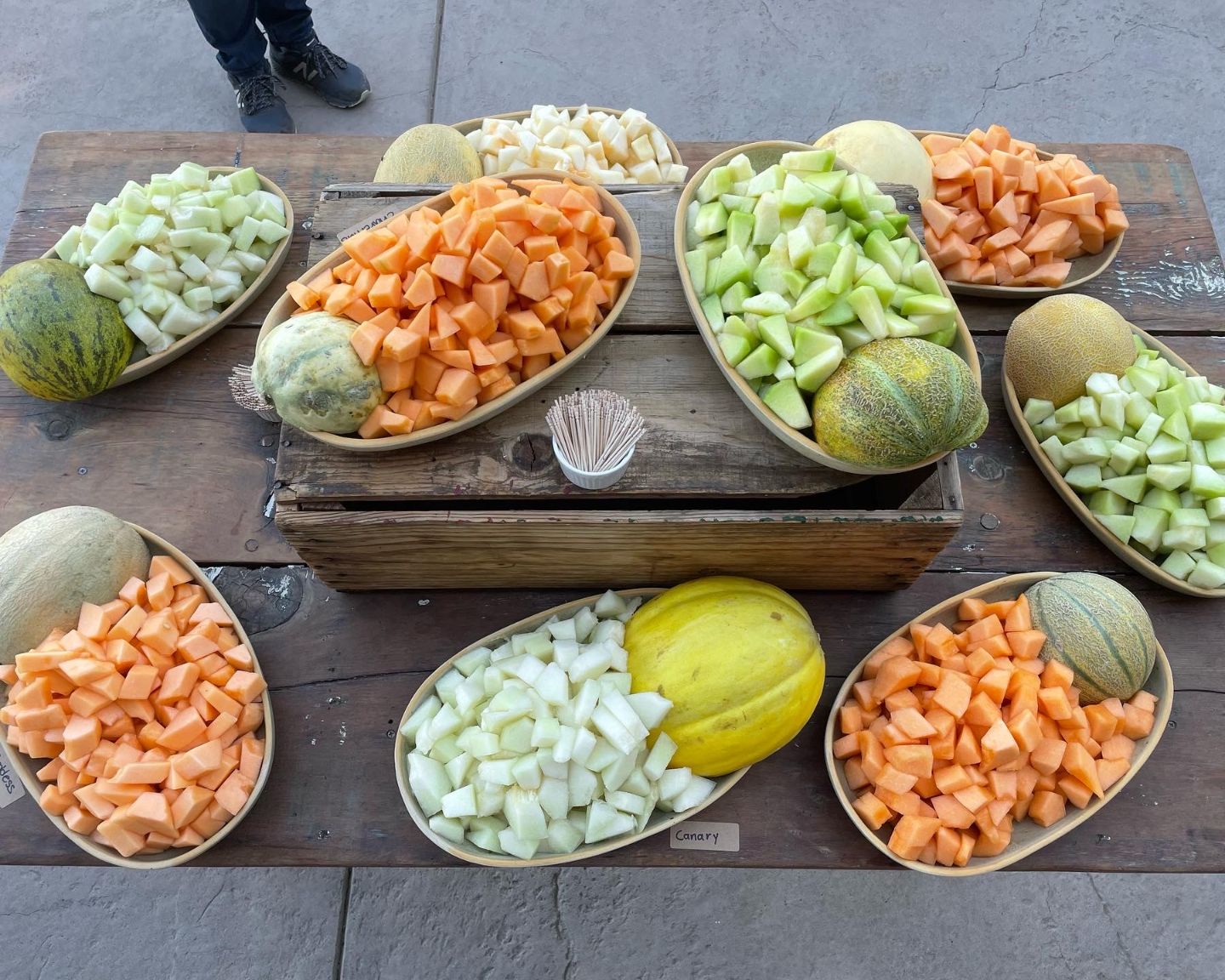



A mix of some of our favorite melon photos from over the years
Dear Friends,
This July marks an important anniversary here at the farm -one that is deliciously noteworthy especially given your boxes this week are graced with some of those tantalizing and aromatic goodies. 40 years ago this month we began our FIRST melon harvests from this amazing land that we call Full Belly Farm. We moved here in April of that auspicious year of 1984 and began working soil and planted our first seeds in the ground in very early May. By mid-July we were out in those first fields sampling our first sweet melons –some of those varieties that we proudly still grow today. Enjoy the history in every bite this week – there is much cause to celebrate all the years of enriching soil, work and dedication that has added to the incredible sweetness you get to help sample today.
Dru Rivers

